When delivering goods or services to customers, sellers must have a reliable system in place to ensure the successful delivery of items. One essential tool in this process is a delivery receipt. This official proof acts as legal evidence of the transaction between the seller and the buyer, confirming that the goods or services have been delivered and received by the customer.
delivery receipts require the recipient’s signature upon receiving the package, providing an added layer of security and accountability. In this article, we will explore the importance of delivery receipts, why they are necessary, how to create them, and provide some examples and tips for successful implementation.
What is a Delivery Receipt?
A delivery receipt is a document that serves as official proof that goods or services have been delivered to a customer. It acts as legal evidence of the transaction between the seller and the buyer, confirming the successful delivery of items. This receipt typically includes details such as the recipient’s name, address, date of delivery, description of the delivered items, and the signature of the recipient.
By requiring the recipient’s signature, the delivery receipt ensures that the customer has received the package and is satisfied with the delivery. This signature serves as proof that the items were delivered to the correct person and prevents any disputes regarding the delivery.
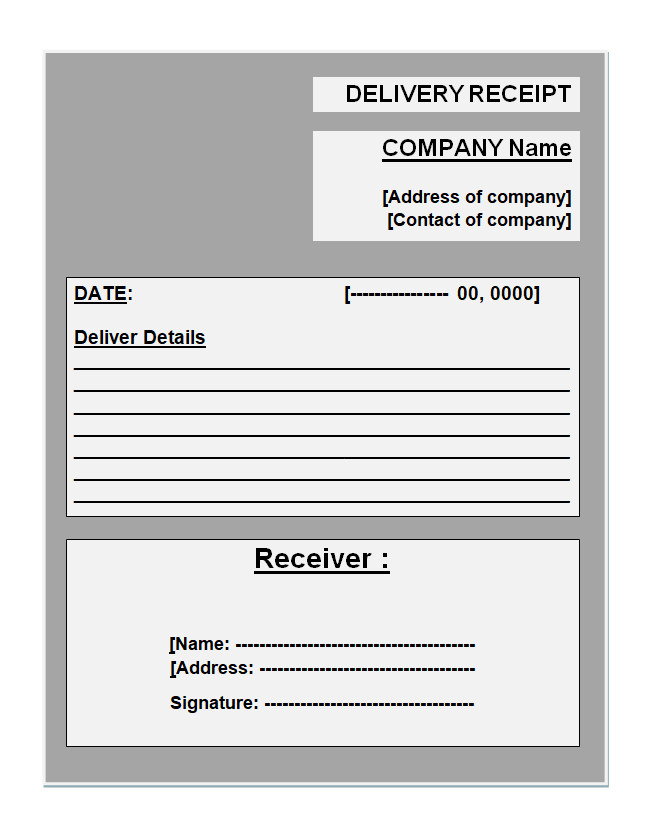
Why are Delivery Receipts Important?
delivery receipts play a crucial role in the transaction process between sellers and buyers. Here are some reasons why they are important:
- Legal Evidence: delivery receipts serve as legal evidence of the transaction and the successful delivery of goods or services. In case of any disputes or issues, these receipts can be used to provide proof of delivery.
- Accountability: By requiring the recipient’s signature, delivery receipts hold both the seller and the buyer accountable for the delivery. The signature confirms that the items were received, reducing the possibility of misunderstandings or fraudulent claims.
- Customer Satisfaction: Providing a delivery receipt to customers shows professionalism and ensures their satisfaction. It gives them peace of mind knowing that the items they ordered have been successfully delivered and received.
- Tracking and Record Keeping: delivery receipts help sellers keep track of their deliveries and maintain accurate records. These receipts can be stored electronically or in physical form for future reference or auditing purposes.
How to Create a Delivery Receipt
Creating a delivery receipt is a straightforward process. Here’s a step-by-step guide to help you create one:
- Use a Template: Start by finding a delivery receipt template that suits your needs. There are various templates available online that you can customize to include your company’s logo and other relevant information.
- Add Company Information: Include your company’s name, address, contact details, and logo at the top of the receipt. This information helps identify your company and adds a professional touch to the receipt.
- Recipient Details: Leave space on the receipt to input the recipient’s name, address, and contact information. This information is crucial for accurately identifying the recipient of the delivered items.
- Delivery Details: Include fields for the date of delivery, description of the items delivered, and any additional relevant information. This ensures that all necessary information is recorded on the receipt.
- Signature Field: Create a section on the receipt for the recipient to sign upon receiving the package. This signature serves as proof of delivery and confirms that the items have been successfully received.
- Serial Number: Consider adding a unique serial number to each delivery receipt. This helps in tracking and organizing receipts for future reference.
- Print and Distribute: Once the delivery receipt is customized and finalized, print copies to include with each delivery. Make sure to provide the receipt to the recipient upon delivery and keep a copy for your records.
Examples of Delivery Receipts
Here are a few examples of how a delivery receipt may look:
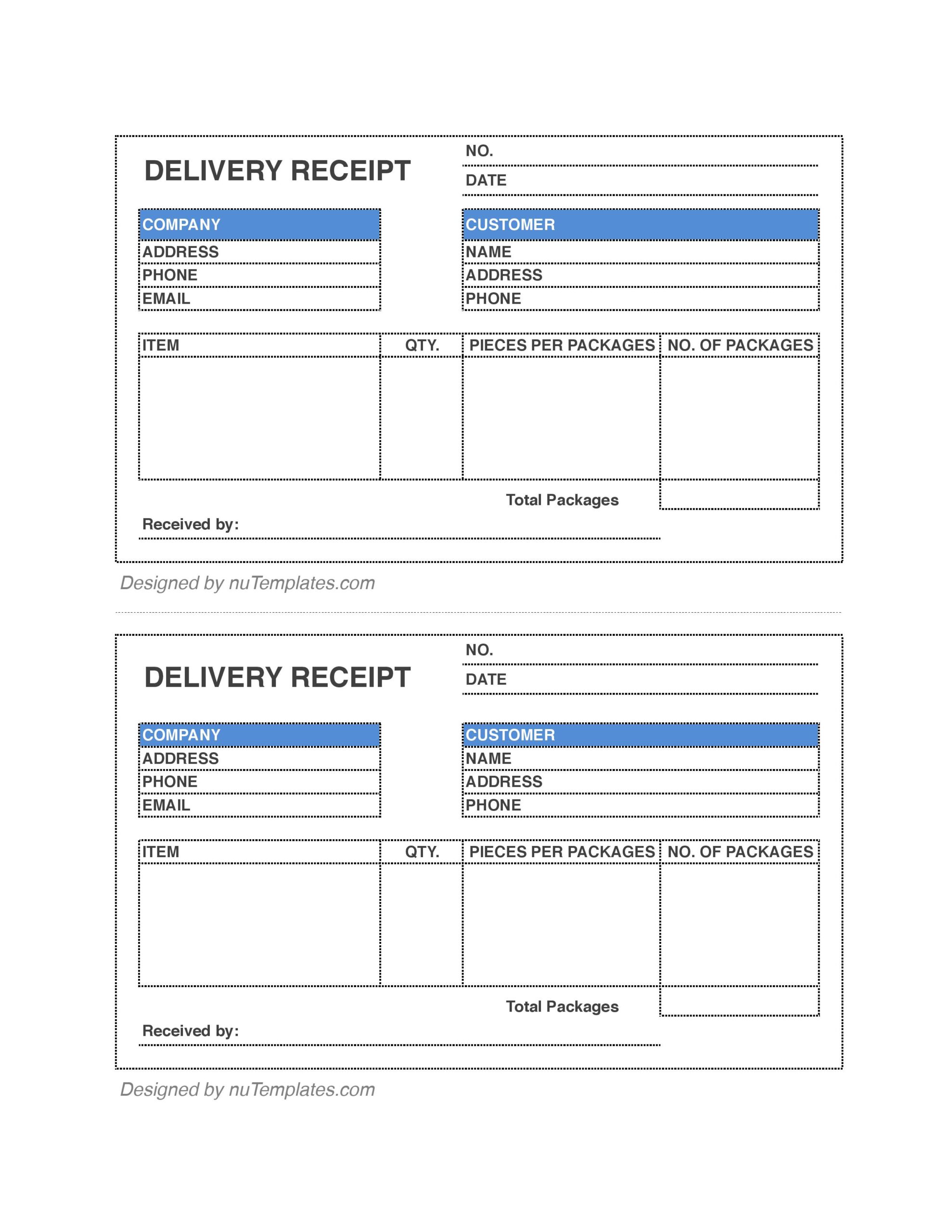
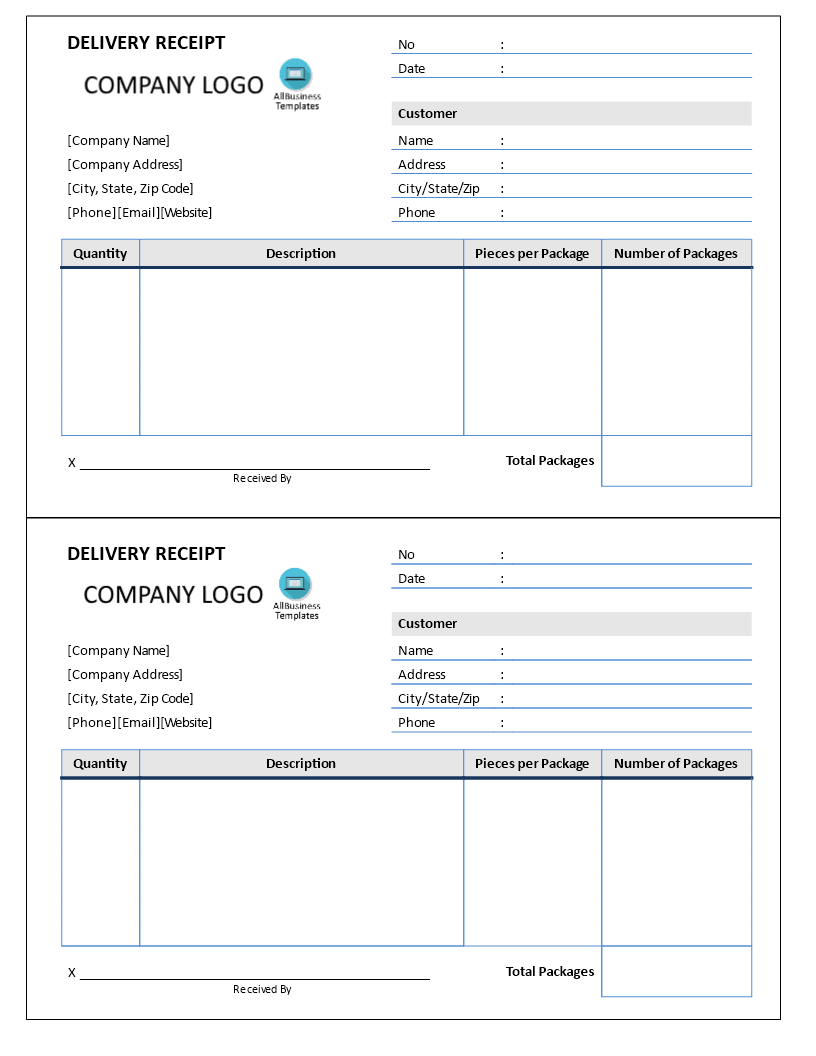
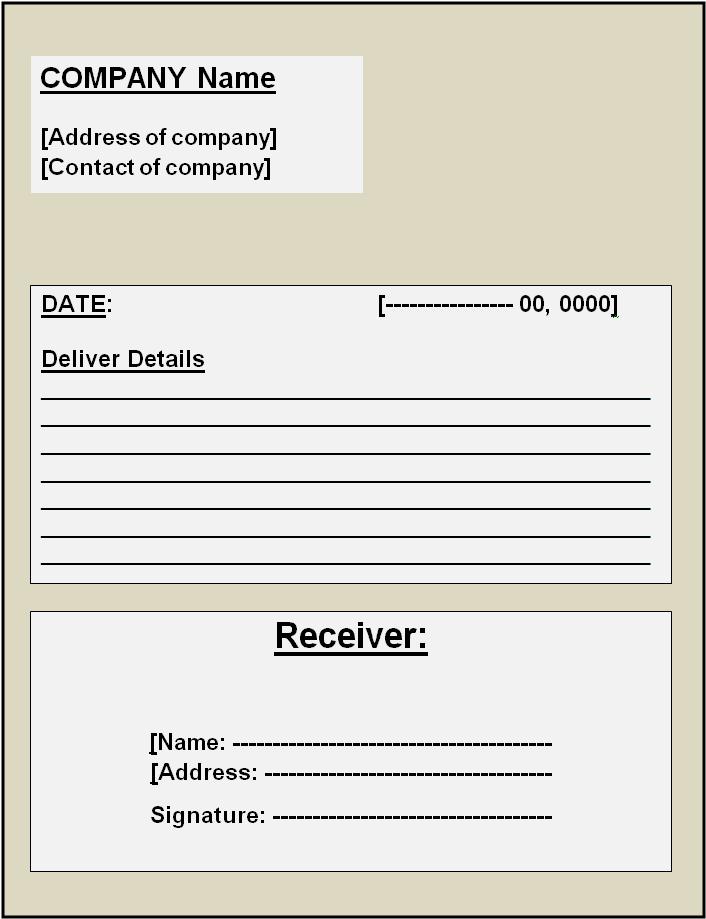
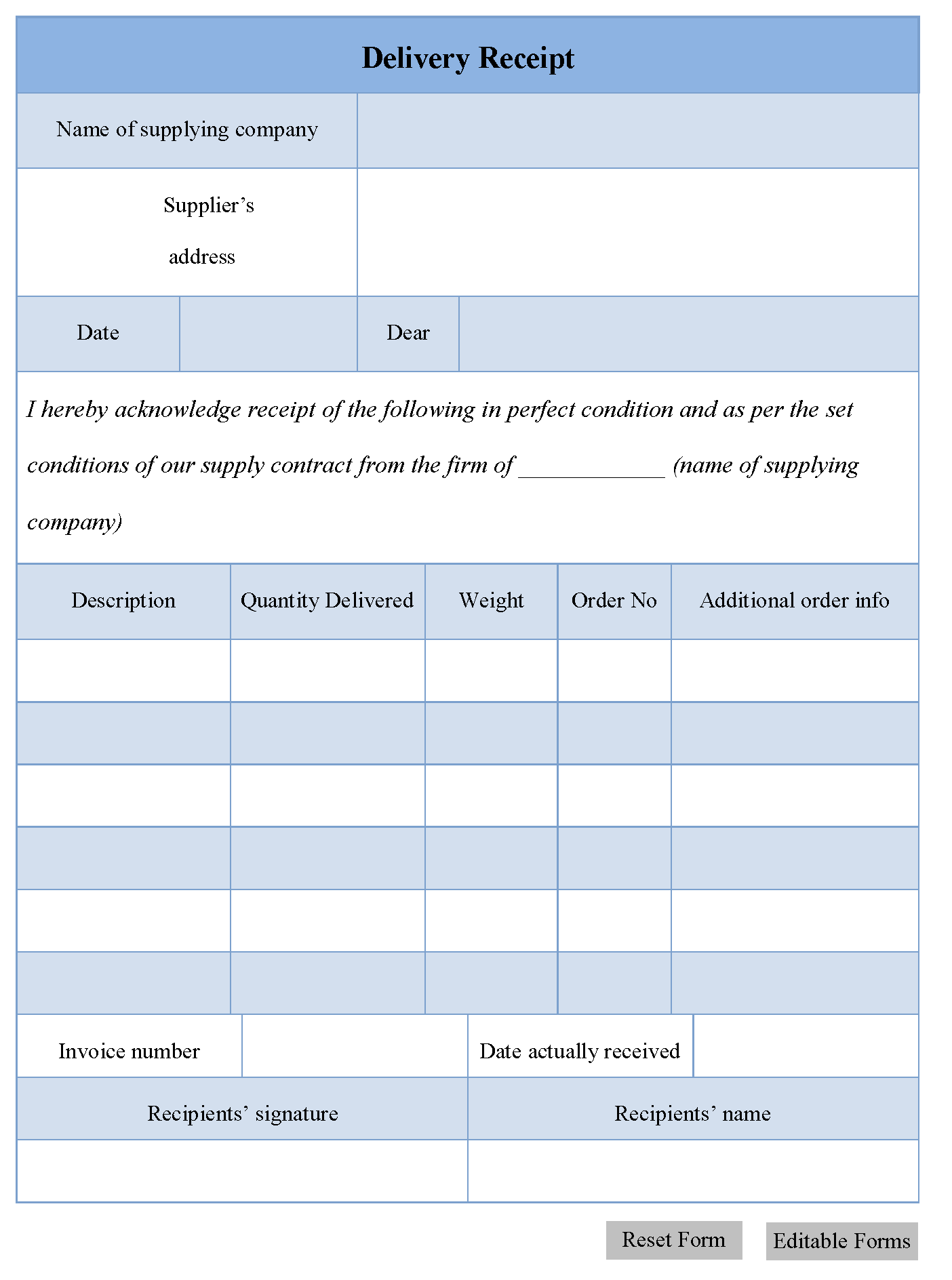
Tips for Successful Delivery Receipts
Here are some tips to ensure the successful implementation of delivery receipts:
- Clear and Concise: Make sure the information on the receipt is clear and concise. Avoid using complex language or unnecessary details.
- Keep Copies: Always keep a copy of each delivery receipt for your records. This helps in case of any future disputes or inquiries.
- Train Your Delivery Personnel: Train your delivery personnel to explain the importance of delivery receipts to the recipients and ensure they collect the recipient’s signature upon delivery.
- Secure Storage: Store the delivery receipts securely, either electronically or in physical form, to maintain the privacy and confidentiality of customer information.
- Regular Auditing: Periodically audit your delivery receipts to ensure accuracy and identify any potential issues or discrepancies.
- Consistency: Use the same format and design for all your delivery receipts to maintain consistency and professionalism.
- Customer Communication: Communicate the use and significance of delivery receipts to your customers. This helps them understand the purpose and importance of the receipt.
Conclusion
Delivery receipts are an essential tool in the transaction process between sellers and buyers. They act as official proof of delivery, providing legal evidence of the transaction and ensuring customer satisfaction.
By following the steps outlined in this article and implementing the tips provided, you can create effective delivery receipts that enhance your business operations and customer experience.
Delivery Receipt Template – Download